


Paul-Gustave Froment (born 3 March 1815 in Paris; died 1865) was a French mechanic, instrument maker and inventor.



Paul-Gustave Froment (born 3 March 1815 in Paris; died 1865) was a French mechanic, instrument maker and inventor.
He was born in Paris and was educated at the Collège Sainte-Barbe and the Lycée Louis-le-Grand. Having demonstrated from childhood talent for technology, his father decided to let him study at the Ecole Polytechnique in Paris. He later moved to Britain to continue his studies in Manchester.
He was also one of the earliest photographers, [1] working with the Direct Positive Process.
On his return to France, his intention was to build steam engines but he was prevented from doing so by lack of funds. Instead, he opened a Paris workshop in 1844 where, among other things, he worked on a telegraph with written and keyboard signals, improved Gaetan Bonelli's electric loom, and helped William Hughes improve his early typewriter.
He worked on several projects with Léon Foucault, most famously the Foucault pendulum for Foucault's 1851 demonstration.[ citation needed ] Other projects with Foucault included the gyroscope, [2] and the rotating mirror used by Foucault to measure the relative speed of light in air and water. [3]
In 1854 he built a simpler and improved version of Charles Shepherd's electromechanical clock. [4]
He is best known for designing early electric motors for industrial use, for which he was awarded the valuable Volta Prize in 1857. In his design electromagnets were energized to attract iron rods attached to a rotating flywheel. At the moment that an iron rod reached the electromagnet, the power to the solenoid was interrupted until the next iron rod approached the electromagnet.
On his death in 1865 he was buried in the Père-Lachaise cemetery in Paris.

The 1880s was a decade of the Gregorian calendar that began on January 1, 1880, and ended on December 31, 1889.
Timeline of electromagnetism and classical optics lists, within the history of electromagnetism, the associated theories, technology, and events.
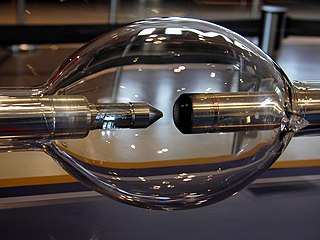
An arc lamp or arc light is a lamp that produces light by an electric arc.
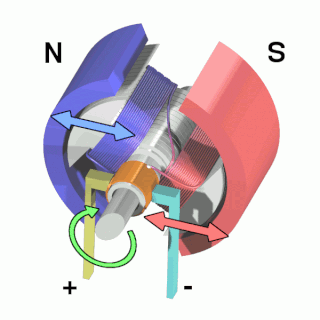
An electric motor is an electrical machine that converts electrical energy into mechanical energy. Most electric motors operate through the interaction between the motor's magnetic field and electric current in a wire winding to generate force in the form of torque applied on the motor's shaft. An electric generator is mechanically identical to an electric motor, but operates in reverse, converting mechanical energy into electrical energy.
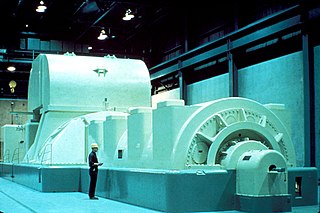
In electricity generation, a generator is a device that converts motion-based power or fuel-based power into electric power for use in an external circuit. Sources of mechanical energy include steam turbines, gas turbines, water turbines, internal combustion engines, wind turbines and even hand cranks. The first electromagnetic generator, the Faraday disk, was invented in 1831 by British scientist Michael Faraday. Generators provide nearly all the power for electrical grids.

Jean Bernard Léon Foucault was a French physicist best known for his demonstration of the Foucault pendulum, a device demonstrating the effect of Earth's rotation. He also made an early measurement of the speed of light, discovered eddy currents, and is credited with naming the gyroscope.

Thomas Davenport was a Vermont blacksmith who constructed the first American DC electric motor in 1834.

A rotating magnetic field is the resultant magnetic field produced by a system of coils symmetrically placed and supplied with polyphase currents. A rotating magnetic field can be produced by a poly-phase current or by a single phase current provided that, in the latter case, two field windings are supplied and are so designed that the two resulting magnetic fields generated thereby are out of phase.
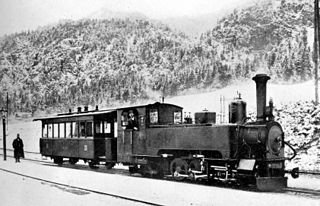
The Second Industrial Revolution, also known as the Technological Revolution, was a phase of rapid scientific discovery, standardisation, mass production and industrialisation from the late 19th century into the early 20th century. The First Industrial Revolution, which ended in the middle of the 19th century, was punctuated by a slowdown in important inventions before the Second Industrial Revolution in 1870. Though a number of its events can be traced to earlier innovations in manufacturing, such as the establishment of a machine tool industry, the development of methods for manufacturing interchangeable parts, as well as the invention of the Bessemer process and Open hearth furnace to produce steel, the Second Industrial Revolution is generally dated between 1870 and 1914.
Electrification is the process of powering by electricity and, in many contexts, the introduction of such power by changing over from an earlier power source.

A magnetic bearing is a type of bearing that supports a load using magnetic levitation. Magnetic bearings support moving parts without physical contact. For instance, they are able to levitate a rotating shaft and permit relative motion with very low friction and no mechanical wear. Magnetic bearings support the highest speeds of any kind of bearing and have no maximum relative speed.
Steam power developed slowly over a period of several hundred years, progressing through expensive and fairly limited devices in the early 17th century, to useful pumps for mining in 1700, and then to Watt's improved steam engine designs in the late 18th century. It is these later designs, introduced just when the need for practical power was growing due to the Industrial Revolution, that truly made steam power commonplace.
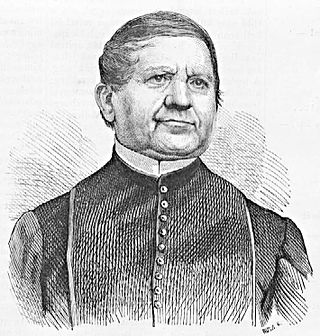
Ányos István Jedlik was a Hungarian inventor, engineer, physicist, and Benedictine priest. He was also a member of the Hungarian Academy of Sciences, and author of several books. He is considered by Hungarians and Slovaks to be the unsung father of the dynamo and electric motor.

The history of electromagnetic theory begins with ancient measures to understand atmospheric electricity, in particular lightning. People then had little understanding of electricity, and were unable to explain the phenomena. Scientific understanding into the nature of electricity grew throughout the eighteenth and nineteenth centuries through the work of researchers such as Coulomb, Ampère, Faraday and Maxwell.

A dynamo is an electrical generator that creates direct current using a commutator. Dynamos were the first electrical generators capable of delivering power for industry, and the foundation upon which many other later electric-power conversion devices were based, including the electric motor, the alternating-current alternator, and the rotary converter.

Gustave Pierre Trouvé was a French electrical engineer and inventor in the 19th century. A polymath, he was highly respected for his innovative skill in miniaturization.
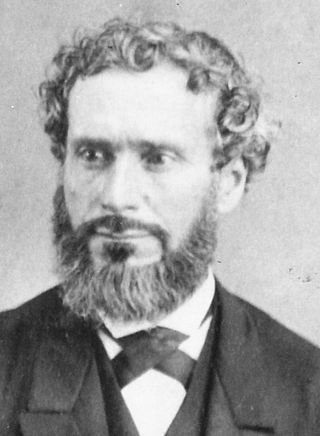
Charles Grafton Page was an American electrical experimenter and inventor, physician, patent examiner, patent advocate, and professor of chemistry.

Froment's "mouse mill" motor was an early form of electric motor, also known as the Revolving Armature Engine. It has similarities to both the synchronous motor and the contemporary stepper motor.

The United States provided many inventions in the time from the Colonial Period to the Gilded Age, which were achieved by inventors who were either native-born or naturalized citizens of the United States. Copyright protection secures a person's right to his or her first-to-invent claim of the original invention in question, highlighted in Article I, Section 8, Clause 8 of the United States Constitution, which gives the following enumerated power to the United States Congress:
To promote the Progress of Science and useful Arts, by securing for limited Times to Authors and Inventors the exclusive Right to their respective Writings and Discoveries.
The 19th century in science saw the birth of science as a profession; the term scientist was coined in 1833 by William Whewell, which soon replaced the older term of (natural) philosopher.